The Esteemed Gentleman Articles
How To Be A Well-Dressed Gentleman
There are two main parts to being a gentleman: how to act and how to dress. In this article, we will be exploring the latter and answering the question of how to be a well-dressed gentleman.
This doesn't mean you have to constantly wear a three-piece suit or sleep in black tie. It's about understanding the principles of dressing well in today's modern world. Here's what you need to know to be a well-dressed gentleman:
When It Comes To Clothes, Fit Is King!
The first rule to dressing well as a gentleman is to recognize that fit is king. Let's repeat that one more time: fit is king! It is important to understand that most off-the-rack articles of clothing won't fit all body types perfectly. They're designed for a range of body types and are often have little to no taper (they're boxy). If you want your clothes to complement your body, you must make sure they fit properly.
Once you've found a piece of clothing you like, your next stop should be a reputable tailor. Tailors can tuck, shorten, and hem different types of clothes to better suit your body and overall appearance. This investment will ensure that the clothes you wear look like they were made for you, and only you, which demonstrates class and attention to detail.
When you are just starting your style journey, you may be tempted by sales and discounts. You might find an expensive branded item for 50% off, but if it doesn't fit you, avoid it. There is a limit to what a tailor can do, and larger articles of clothing have bigger proportions (like shoulders and collars) that will look off if they're sized down too much.
Layer Your Outfit When You Can (It Looks Extra Stylish)
Layering clothing adds depth, texture, variety, and visual interest to your overall appearance—not to mention, layering keeps you warmer during cooler months. Even adding a leather jacket over your button-up can give the impression that you're a bit of a badass after work.
A good rule of thumb when it comes to layering is to start with your thinnest layers closest to your body and work outwards with thicker layers. This will prevent inner layers from bunching and giving you an appearance akin to the Michelin Man. Layering with this method also allows you to remove one layer at a time if you are too hot.
When building your layered outfit, be conscious of both the overall look and of each individual layer. Ask yourself "If I had to remove the outer layer of my outfit, would I still look dashing?" You never know when you might find yourself having to remove your jacket or spilling a drink all over your sweater.
Always Dress Up!
We don't mean you need to wear black- or white-tie apparel to get groceries or fill up the car, but rather that you should always be aware of the dress code and go one step above what it states.
Sometimes dress codes aren't very descriptive. One company's idea of "smart casual" could be completely different than another's. Should you wear a sport coat? A vest? Wear both, just in case. Worst case, you're the best-dressed guy in the room!
If you aren't comfortable being the best-dressed guy in the room, it's much easier to shed a layer than it is to same-hour order a sport coat from Amazon, hoping it arrives before the event is over, if you're the only person not wearing one.
If you aren't sure where to start, our article 10 Easy Ways To Upgrade Your Wardrobe offers some sound advice and tips.
Incorporate Timelessness In Your Outfits
If you look back at men's style over the years, you may notice a pattern. From the golden age of men's style to today, certain articles of clothing remain constant or keep reappearing: leather jackets, sport coats, oxford shirts, certain types of ties (check out our Ultimate Neckwear Guide for inspiration), and dress shoes.
Incorporating these timeless pieces into your wardrobe insures you'll be stylish no matter what the latest fashion trends are. Even 10 or 15 years from now, these pieces will still be versatile and look great. Have you ever seen James Bond in skinny jeans or Crocs?
Being on top of the latest trends may be great in the moment, but in a year from now those pieces will likely be collecting dust in your closet, in the garbage, or in a donation bin where they may end up having a second life. Chasing trends through fast fashion is a waste of money and resources, and adds to pollution.
With fast fashion not being fast enough, ultra-fast fashion is starting to become more prevalent, meaning the newest trends are moving at an even quicker rate. Blink and you'll miss the most popular outfit for February 16th, 6:00pm-6:04pm 2025.
Develop A Sharp Eye For Detail
As you venture deeper into men's style and gentlemanly dress, you will begin to notice certain traits and details in higher quality products. These can range from obvious things like the stitching on shoes (using Goodyear welts or Blake stitching instead of glued soles), the amount of stitching per inch on a shirt, types of leathers used, and even fabric.
Even small details like extra fabric, extra buttons, or extra stitching in high-movement areas are clear indicators of quality. Inconsistent stitching and many loose or hanging threads are clear indications of low-quality items.
"Genuine leather" is one of the worst culprits. It is one of the cheapest cuts of leather and is usually made with leftover pieces of leather sewn together and dyed. If you are in the market for leather products, look for pieces made from either full-grain or top-grain leathers.
Leverage The Power Of Fragrance For Added Style
The power of fragrance is often overlooked. A signature scent or appealing cologne is an invisible accessory to your overall style. Not only are fragrances considered attractive by many, but they can also be alluring if you lock eyes with someone across the room and decide to make a move.
According to a study conducted by Civic Science only 25% of men wear a fragrance every day and an astounding 32% don't wear one at all. Since that study refers to "body fragrance," we can assume that part of this percentage of daily fragrance-wearers likely wear a body spray like Axe or Old Spice, so even less wear a cologne or parfum.
The scent trail you leave behind could be enough to catch someone's attention, and suddenly you have people hovering toward you like Tom and Jerry levitating toward the scent of a freshly baked pie on a windowsill. Our article 9 Fantastic Reasons To Wear A Fragrance goes into more benefits of wearing a fragrance daily.
Learn To Accessorize To Really Make Your Outfit Stand Out
Every well-dressed gentleman understands the importance of incorporating at least one accessory into their outfit. Adding a nice watch, pocket square, tie, cravat, cufflinks, ring, or even boutonniere to your outfit adds visual interest and some personal flair.
Heirloom pieces, like your grandfather's old watch or a signet ring with the family crest on it, can tell a story. When incorporated into your outfit, they can lead to great conversations and icebreakers. These pieces may not have high monetary worth, but the value they have is sentimental and priceless.
Being able to mix and match accessories also allows you to incorporate them into different levels of formality. A plain white pocket square can be worn with a charcoal suit and tie at a formal event but could also be worn with a sport coat, patterned button-up shirt, and dark wash jeans for a semi-formal appearance if you are going out on a date.
Be sure to avoid the common mistake of mixing up pocket squares and handkerchiefs. Although they look similar, they are two completely different accessories. We have a full article that explains the differences and how you can incorporate both articles into your wardrobe.
Take Care Of Your Shoes. They Can Make Or Break Your Outfit
When you really think about it, your shoes take a beating every time you put them on. They are subjected to different terrains, weather conditions, and surprises like discarded gum and dog poop.
While their main function is to safeguard our feet from the elements and give us comfort while we travel to our destination, they are also an integral part of our daily wardrobe.
If you want your dressy, high-quality shoes to remain in tip-top shape and look amazing for years to come, you must take special care of them. This includes:
- Putting shoe trees in them when they aren't being worn. Shoe trees wick away moisture, absorb odours, and help the shoe retain its original shape.
- Keep them out of direct sunlight. The sun's UV rays can dehydrate and discolour leather and suede. Dried-out leathers can crack and crumble.
- Polish and clean them after every few wears. A quick shine and buff will keep your leathers shiny and new. Brushing suede and applying weatherproof suede-safe sprays will ensure that moisture won't discolour it. Always add a leather sealant to keep the moisture in and out of your shoes.
- Replace the soles when they are getting worn out and check for holes or tears in the soles and stitching that could allow moisture or foreign items like rocks to sneak through the sole and onto your feet.
Iron Your Clothes When They Get Wrinkly
Wrinkles are unsightly. At first glance, someone in a wrinkled shirt may look like they were in a rush and just grabbed a shirt from the top of their laundry pile. We could make assumptions that they're lazy, don't know how to iron, or just don't care about their appearance.
Ironing your clothes has many benefits. Steaming and flattening the fibers not only removes wrinkles and creases, but it also helps kill germs, eliminate odours, and prevents the clothes from shrinking.
Some high-end pieces of clothes are not pre-shrunk and run the risk of being damaged if they are subjected to dryer heat or other high temperatures. Be sure to read and follow the care labels on your garments to prevent damage.
Proper Hygiene Is A Must For Any Gentleman!
Taking care of your personal hygiene is vital if you want to stay clean and healthy. It goes beyond the three S's that most men are familiar with. Practicing good personal hygiene includes oral care like brushing and flossing, using quality products for your hair and facial hair, and applying moisturizer to your skin daily.
Every day you will come into contact with items festering with bacteria and viruses, like door handles. Following proper hand washing techniques will reduce your chances of allowing those germs into your body to make you sick. You may also shake hands with people who may not wash their hands after using the bathroom. For tips on how to shake hands in a post-COVID world, read our full article here.
Every person should follow a hygiene checklist, even if it's a basic one. We have created a men's hygiene checklist that we believe checks every box when it comes to personal hygiene and looking your best.
Wear Undershirts To Protect Your Nice Shirts
Investing in a handful of undershirts will keep your regular shirts from picking up unsightly armpit stains and terrible odours. Undershirts also prevent your shirt from rubbing up against high-movement areas like your arms, extending the life of your shirts. They can also be used as an extra layer of comfort if you have sensitive skin and are bothered by coarser fabrics or seams.
Undershirts are designed to wick away moisture and create a barrier between you and your outer shirt, keeping you cool during hot days and offering extra insulation to keep you warmer on cooler days.
We recommend avoiding muscle shirts and instead going with a t-shirt design with a lower neckline if you plan on wearing shirts without a tie or the top 1 or 2 buttons undone. That being said, an undershirt is not the same as a t-shirt. We do not recommend replacing your t-shirts with undershirts. Your undershirt should not be seen by anyone.
Quality Is Always Better Than Quantity
Some people beginning their style journey think that they can take the easy route and purchase a lot of lower quality products, to build a massive wardrobe in less time. At first, this seems like a good idea, but soon these pieces will need to be replaced due to their low quality, cheap stitching, and/or inferior materials.
Ultra-fast fashion brands create low-cost (and even lower quality) products that begin to break down after only one or two wears. This is bad not only for the environment, but also for your wallet since you'll be spending more over the long run. It is best to avoid these brands completely.
Instead, view your purchases as investments. A well-made article of clothing will cost more initially, but if you wear it often and take care of it, it will last you many years. The term cost per wear is an easy representation of how the price of clothes decreases with every wear.
If you paid $100 for a quality shirt and wore it 50 times, the cost per wear is $2. If you paid $25 for a shirt and only wore it 10 times before it needed to be replaced, it cost $2.5 per wear. Over time, replacing that cheap shirt will cost you more money than investing in a quality shirt.
This doesn't mean you need to save up countless paycheques to get a single piece of clothing. Rather, look for brands that use natural materials like cotton, wool, cashmere, denim, and linens. Avoid synthetic materials like polyester, nylon, and acrylics. Looking at the stitching is also a good way to gauge quality. A piece of clothing that has a larger number of stitches closer together will take longer to fall apart.
Use Bold Colours Sparingly In Your Outfits
Adding one or two bold colours to your outfit will elevate your appearance above the sea of neutral, modern-minimalist ensembles. Not only does it add character and depth to your outfit, but also shows others that you are sartorially minded.
An overabundance of bold colours, like a neon-green three-piece suit with a hot-pink tie and bright blue shirt, is too hard on the eyes. You may be mistaken for a clown or a peacock that escaped from the zoo. The term peacocking can refer to people who dress in an over-the-top manner to gain attention, so the second comparison isn't entirely wrong.
If you are not sure where to start when adding colours to your wardrobe, our Beginner's Guide To The Colour Wheel has you covered. This article covers everything from how to incorporate different colours for a harmonious look, the difference between hues and shades, and what colours to use based on your skin tone.
Go Easy On Patterns
Adding a pattern or two to your outfit is an easy way to add visual interest and depth. Paisleys, herringbones, polka-dots, stripes, windowpanes, florals, or any small repeating patterns are safe choices.
If you are new to men's style, stick to one pattern per outfit (even just an accessory like a pocket square or tie). Once you are comfortable, add a second, but avoid putting the patterns right beside each other as they will clash.
A good rule of thumb for beginners is to separate them by one layer of a single solid colour. An example of this could be a paisley tie and windowpane sport coat separated by a solid white dress shirt.
When incorporating two patterns, be sure to pick them in different sizes and scales. Not only does this balance your outfit, but it also creates more visual interest and allows the smaller pattern to be more subdued, adding more harmony to your outfit.
Summary
It is important to remember that your overall appearance determines the first impression most people will have before they even speak to you. Being a well-dressed gentleman shows others that you take pride in your appearance and pay attention to detail. It's a skill that takes practice, so don't worry if you make mistakes along the way.
When you subscribe to the article, we will send you an e-mail when there are new updates on the site so you wouldn't miss them.



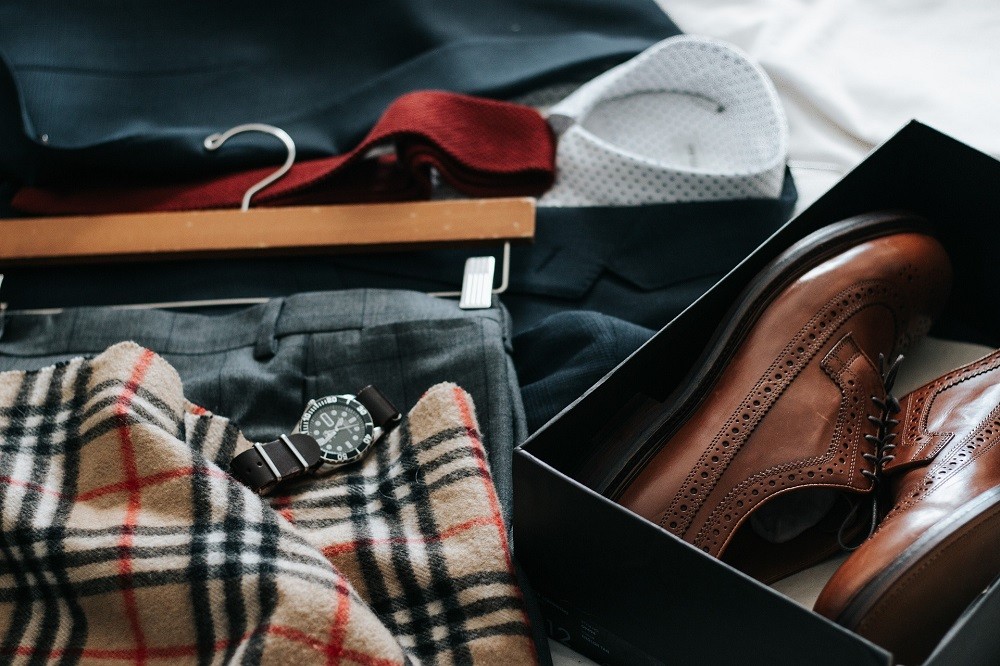
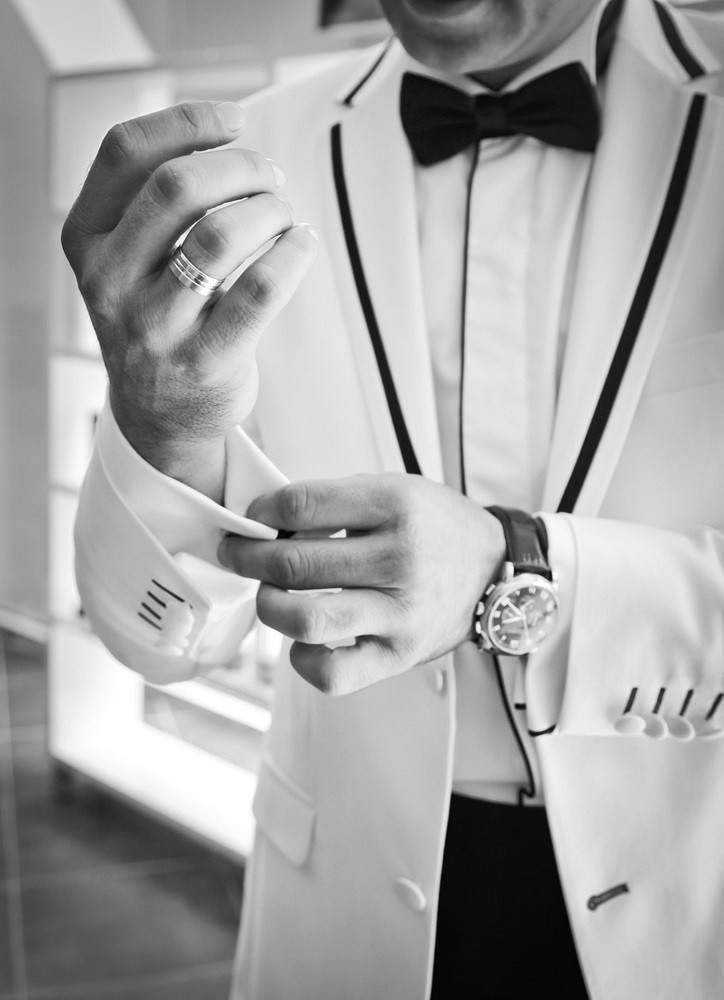
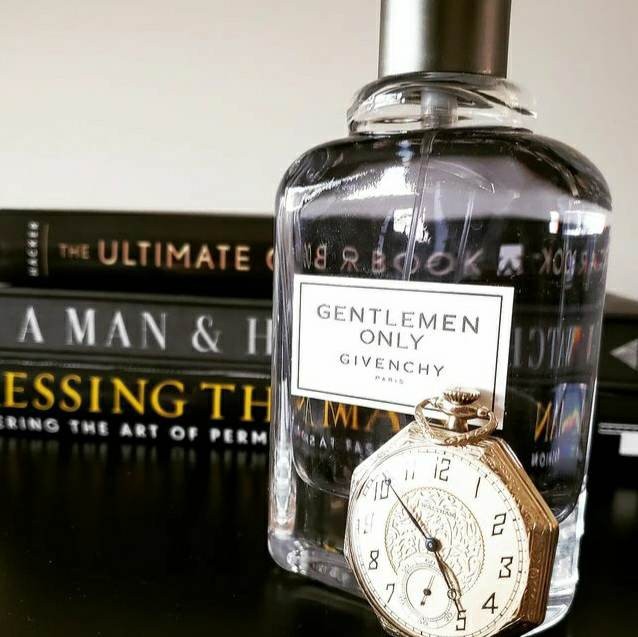
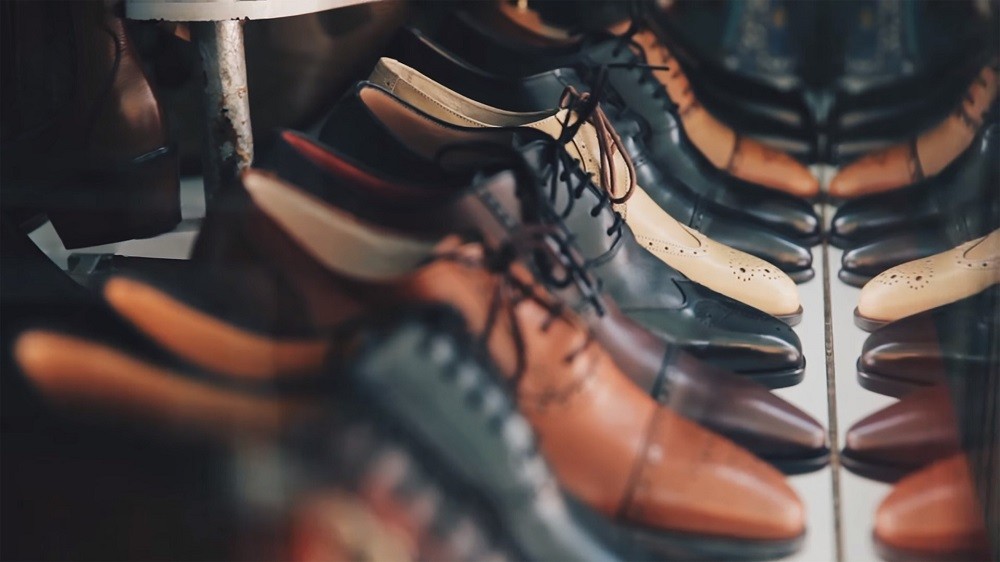
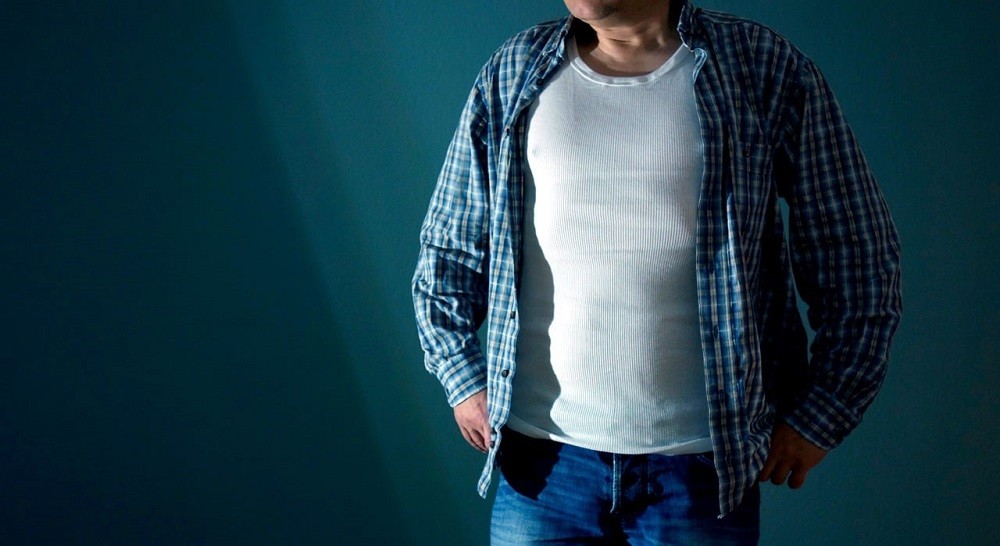



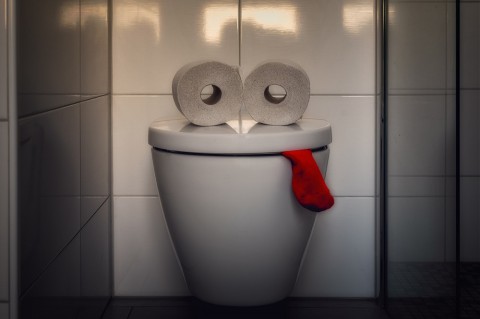
Comments